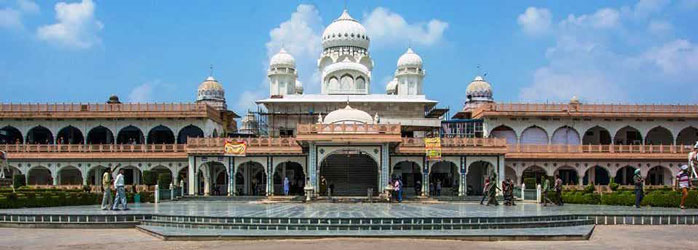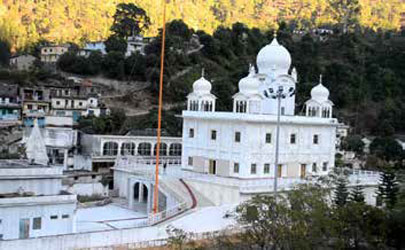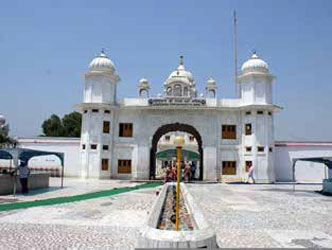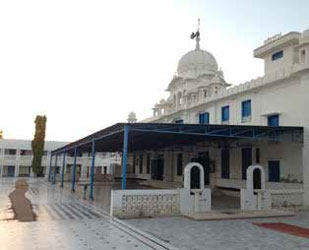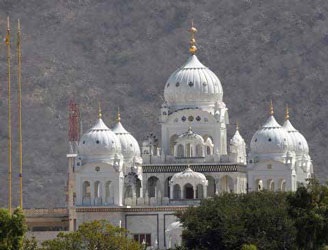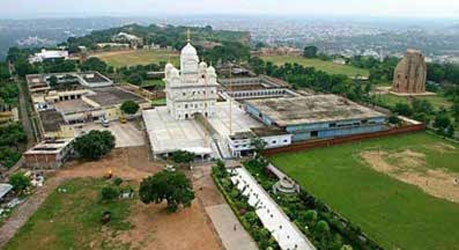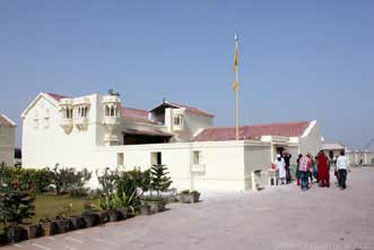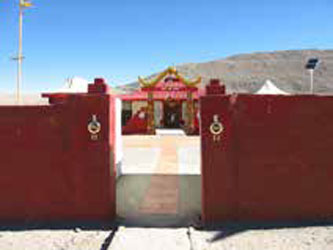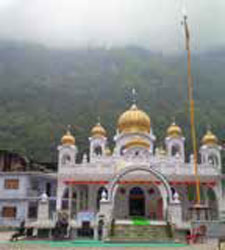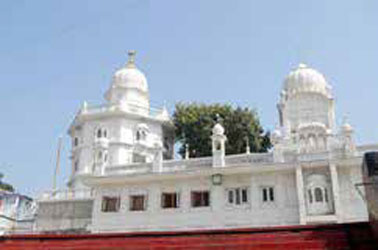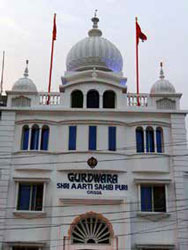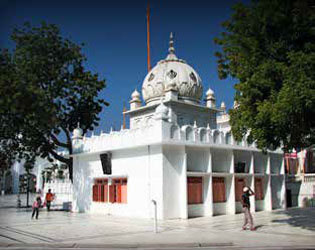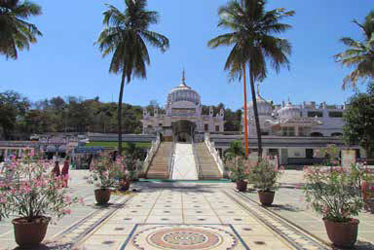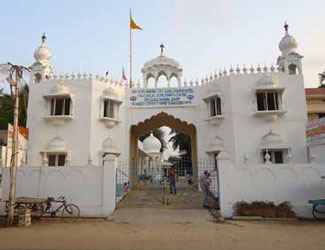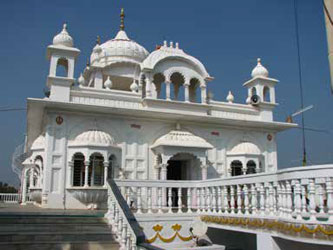Historical Gurdwaras in Rajasthan
Like other states, Rajasthan too has some famous historical Gurdwaras. The two Gurdwaras which need a particular mention are Gurdwara Shri Budda Johar Sahib, Ganga Nagar and Gurdwara Pehli Pathshai, Pushkar. Ganga Nagar Gurdwara is significant for two reasons, firstly this city has considerable Sikh population as compared to other cities of Rajasthan and secondly, this Gurdwara is associated with the two devout Sikh borthers, Sukha Singh & Mehtab Singh who had gone to Amritsar to punish Massa Rangarh, guilty of sacrilege of Sri Harmandir Sahib. They had cut his head and bringing it here hung it on a tree on 11th August 1740. The Gurdwara was being managed by a committee headed by S. Balkaran Singh, but, when some members parted away from him to form a separate committee under S. Jagjit Singh, a dispute arose between them. Jathedar Akal Takht Sahib, Giani Gurbhachan Singh dissolved both the committees and constituted a nine member committee for managing the affairs until the new constitution is framed and submitted to Sri Akal Takht Sahib. The situation is still complicated as the directions of Sri Akal Takht Sahib have not been followed and it is being insisted upon that both the committees should go and the new Gurdwara committee should be elected from the Sangat. This demand has mainly come from Bhai Bulaka Singh Sangarsh Morcha. While levelling allegations of misappropriation of gurdwara funds on the two management committees, convener BBSSM Hardeep Singh Dibdiba told TOI that they were ready to lay morcha to rid historical gurdwara of the control of two managements. They wouldn’t allow the nine-member committee to take over the management of Gurdwara. “The Gurdwara committee members should be elected from sangat,” said Dibdiba, who is also president of Rajasthan Sikh Gurdwara Parbandhak Committee.
The second Gurdwara is situated at Pushkar, where there is no Sikh population, but, because of the fact that the place was visited by Guru Nanak Dev Ji and also later on by Guru Gobind Singh Ji, a Gurdwara has been constructed here. It is now known as Gurdwara Singh Sabha and functions as a branch of Sri Guru Singh Sabha, Ajmer. The attending Jathedar of this Gurdwara Sahib is Jathedar Sukhwinder Singh (M: 9950098115).
